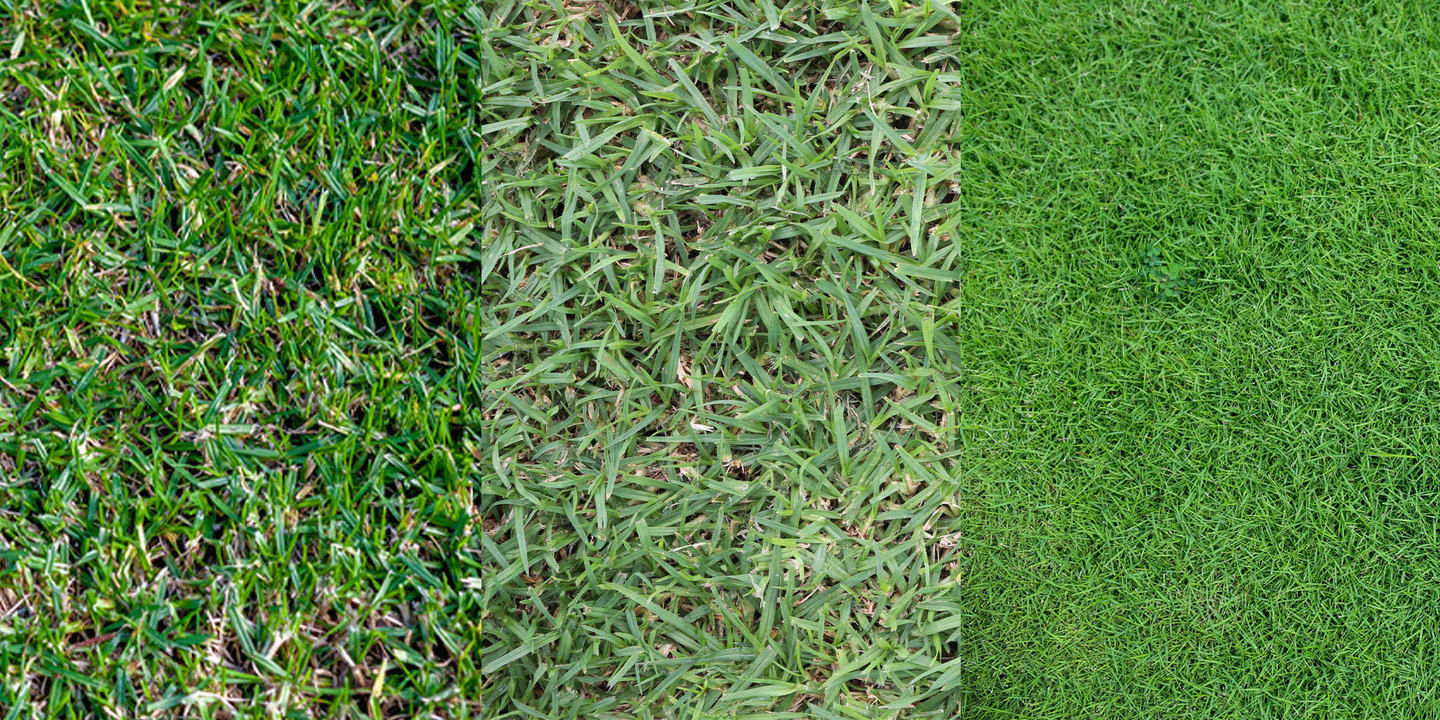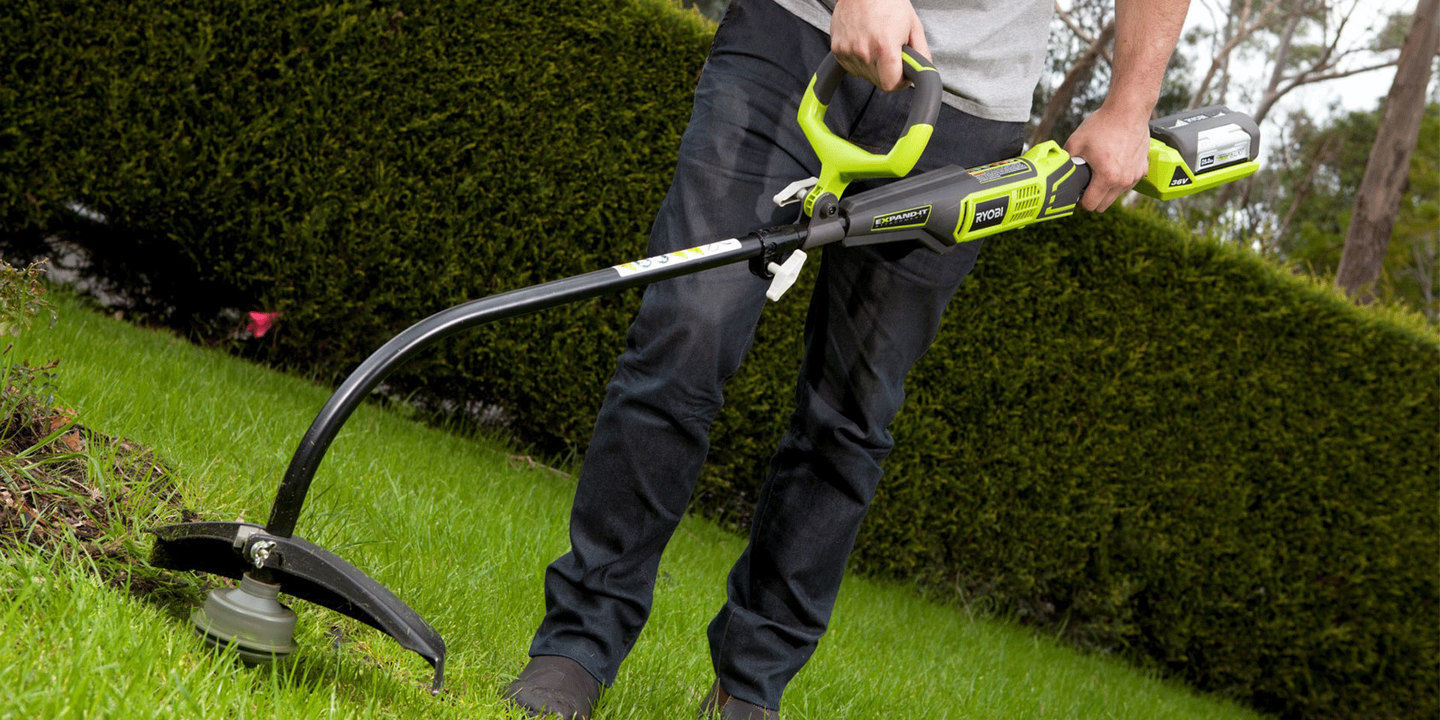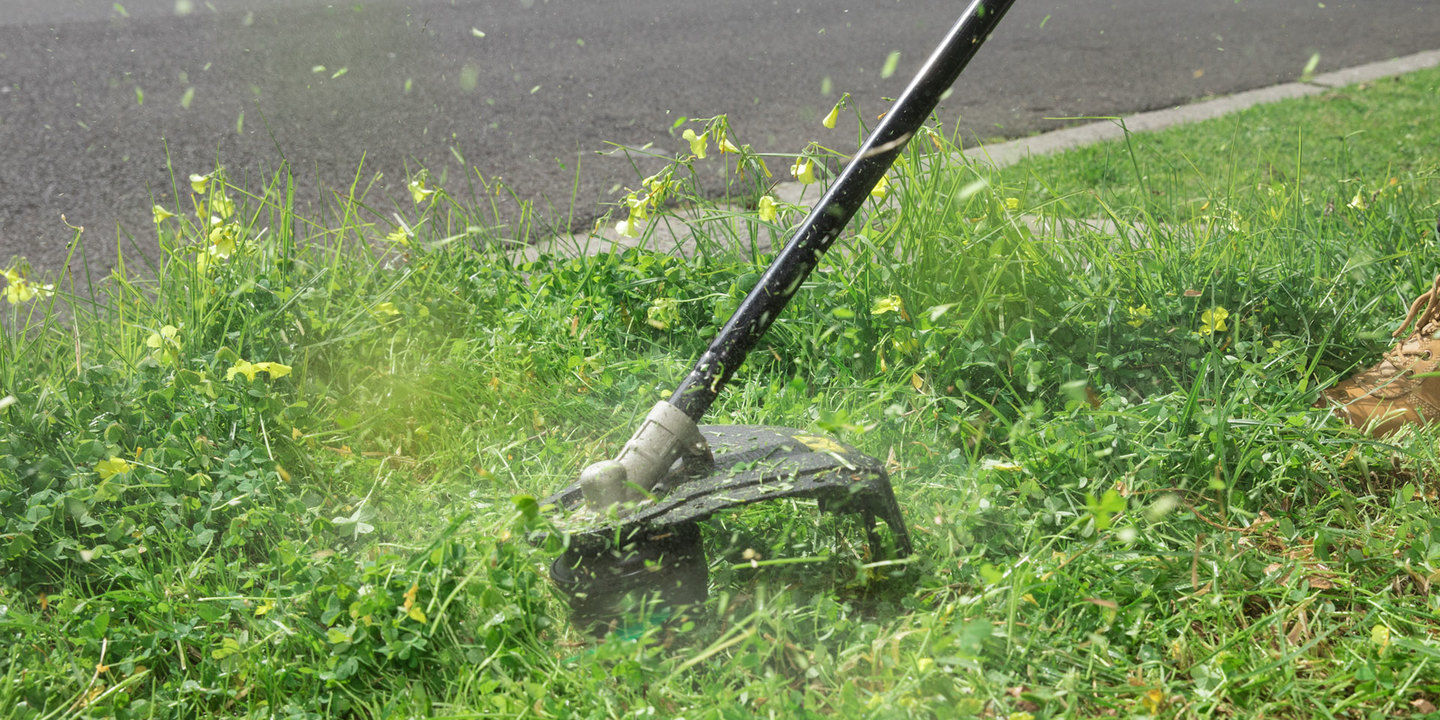
Drill into timber, soft metal and hard materials including brick and concrete with the RYOBI 18V ONE+ Hammer Drill.
Checkout at Bunnings to calculate delivery or collect in-store
How to choose the right 18V ONE+ battery for your product and task. Read more.

Start typing in the search bar. Our autocomplete feature will provide relevant suggestions. Press 'tab' to accept an autocomplete suggestion.
RYOBI's line trimmers are lightweight and easy to handle, with powerful engines that make quick work of trimming and edging tasks. And if you need something with a little more muscle, the brushcutters are designed to cut through even the thickest weeds and brush.
RYOBI's line trimmers are lightweight and easy to handle, with powerful engines that make quick work of trimming and edging tasks. And if you need something with a little more muscle, the brushcutters are designed to cut through even the thickest weeds and brush.
We've compared the best selling line trimmers from our 18V and 36V ranges to help you find the model that best suits your needs. Compare features, specs, ratings and more.

Most gardens have a variety of edging materials, like concrete paths, timber, rocks and pavers. These will wear out your line trimmer’s line faster as you brush up against them. Thicker line withstands more contact, but check with the manufacturer for the right diameter line for your model – using the incorrect line can put excess strain on the motor.

Even broad leaf grass and weeds, if cut weekly or fortnightly, shouldn’t overtax a battery or electric line trimmer. But if you have a tendency to let nature run its course, a petrol-powered line trimmer or a more powerful brushcutter might be your best bet to slash down longer growth before mowing.

Curved shaft trimmers, by design, suit shorter people and are often lighter than straight-shaft models (less fatigue). Curved shaft trimmers feel well-balanced and easy to manoeuvre. However, straight shaft units generate more power and reach under trees easily. Some can accept other attachments, too.

If you have a small to medium-size garden you can take advantage of cordless battery models or corded electric models. Both need very little maintenance and start instantly. Petrol-powered models are better suited to larger gardens or the really tough cutting tasks but require a bit more maintenance.

Understanding a line trimmer’s limitations will help you get the best outcome. Cutting through tall grass, weeds and trimming lawn edges are a no-brainer for your line trimmer. But thick, woody weeds, like blackberries, are more in the domain of a robust brushcutter with a purpose-built cutting head.
Some new models incorporate brushless motors that generate more power than brushed motors and can also extend the runtime of batteries. They generate less friction (heat) which is converted into additional energy. Less wear and tear also prolongs the motor’s life.
Trimming line thickness and the width of a trimmer’s cutting path will impact the run time of a battery-powered unit as both these factors will make the motor work harder due to friction caused by the material you cut and wind resistance. Always follow the manufacturer’s recommended line thickness.
Bump-feed line trimmers replenish line when you tap the head on the grass while in motion - this is pretty fast, easy and convenient. Whereas Auto-feed models do the thinking for you, releasing line each time the line trimmer’s trigger is released – while convenient, if your garden requires you to start and stop a lot, this can chew through line unnecessarily.

